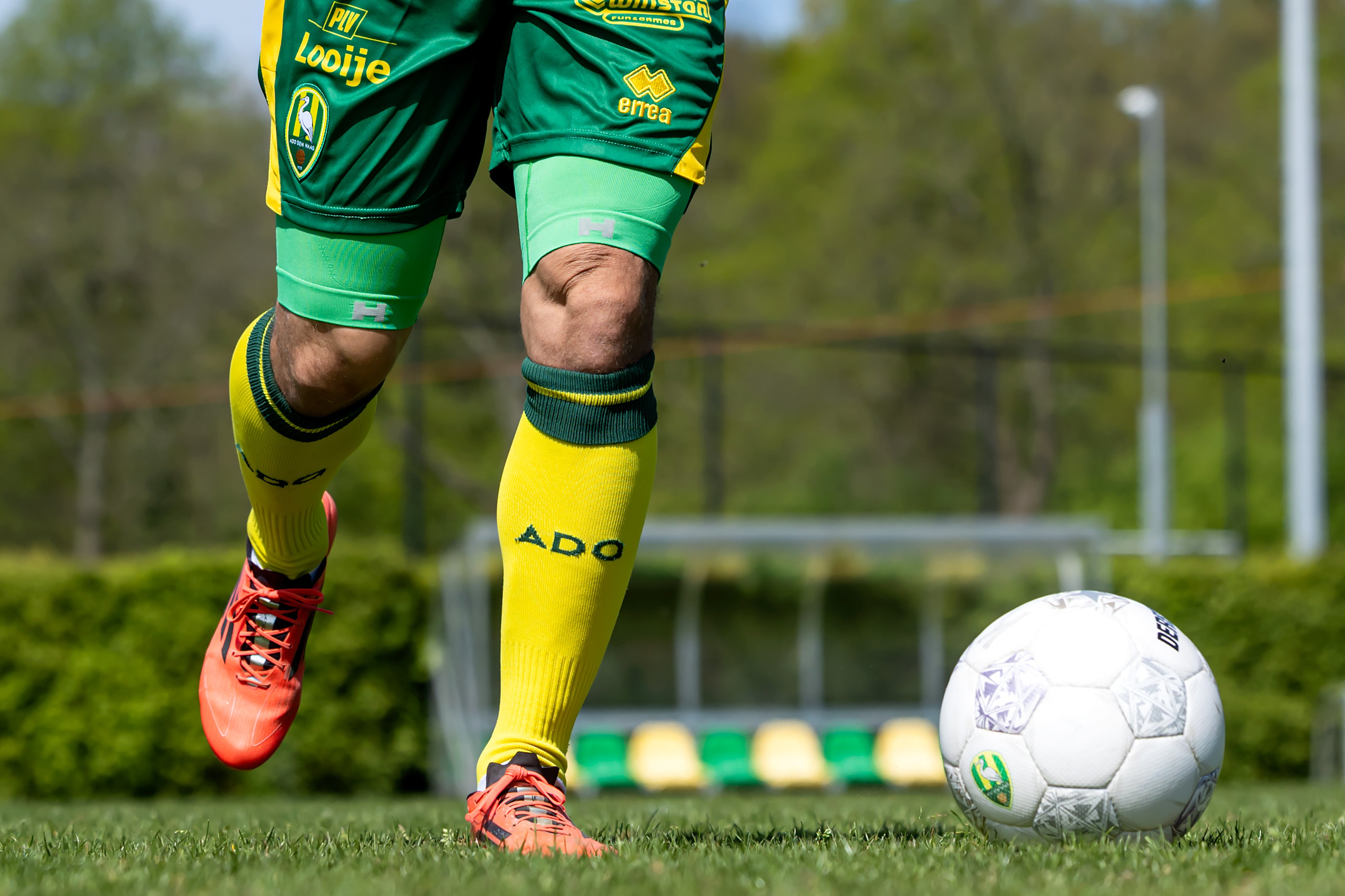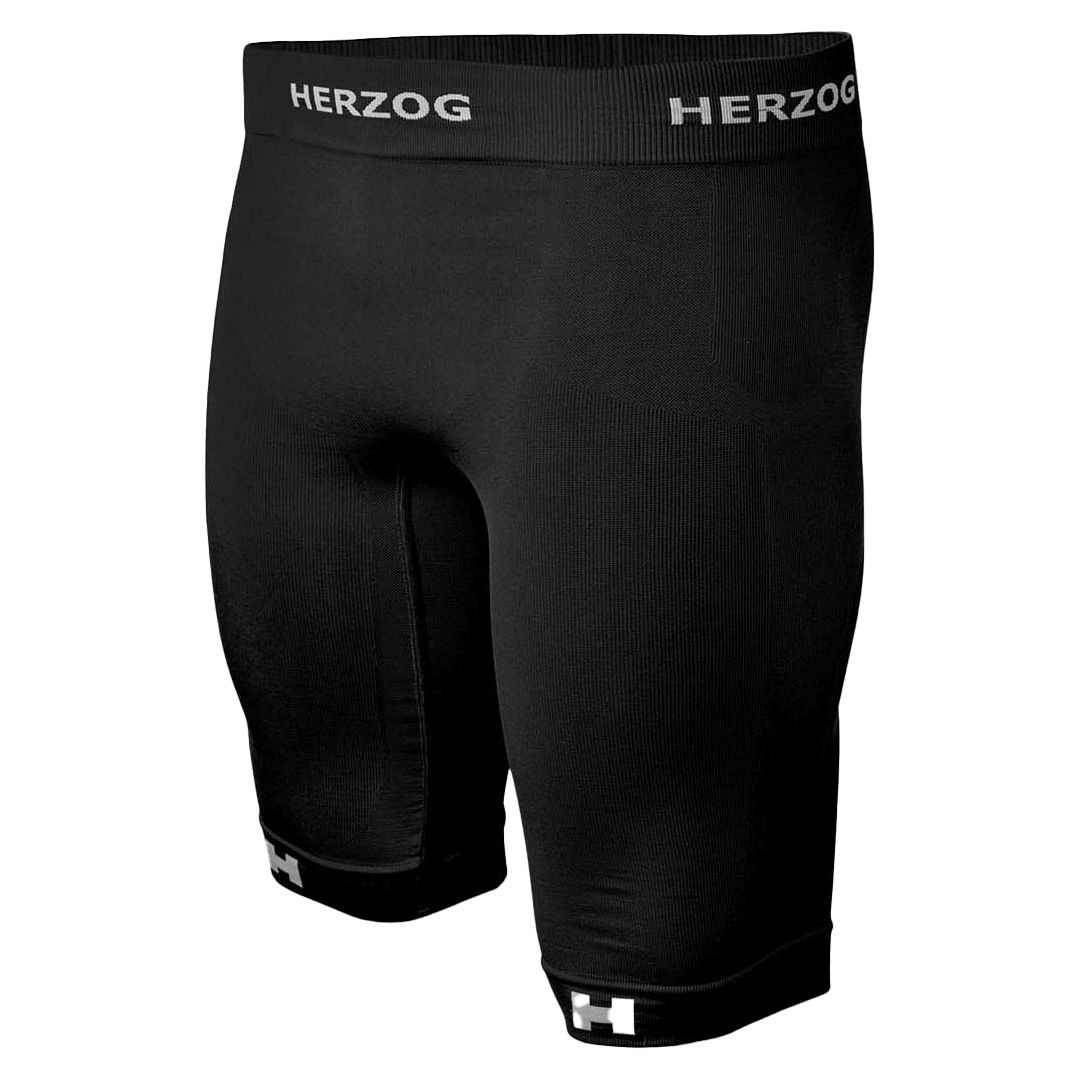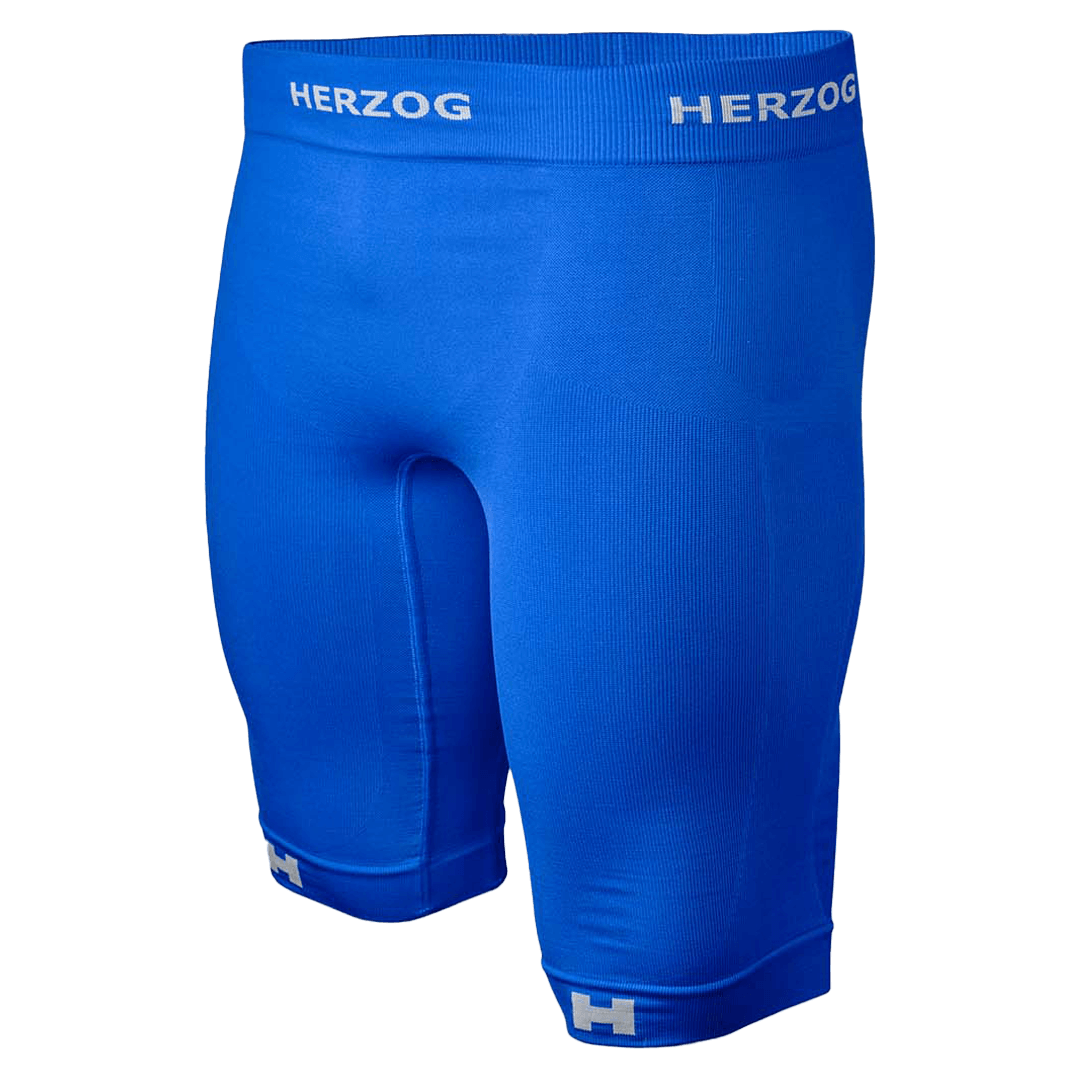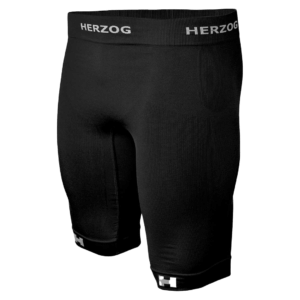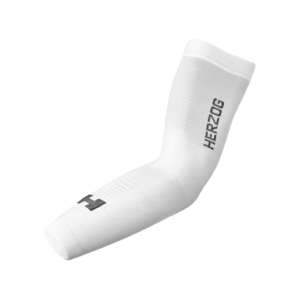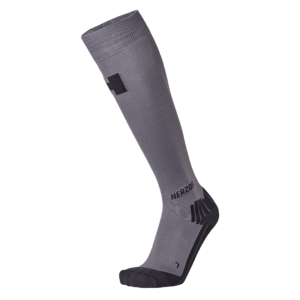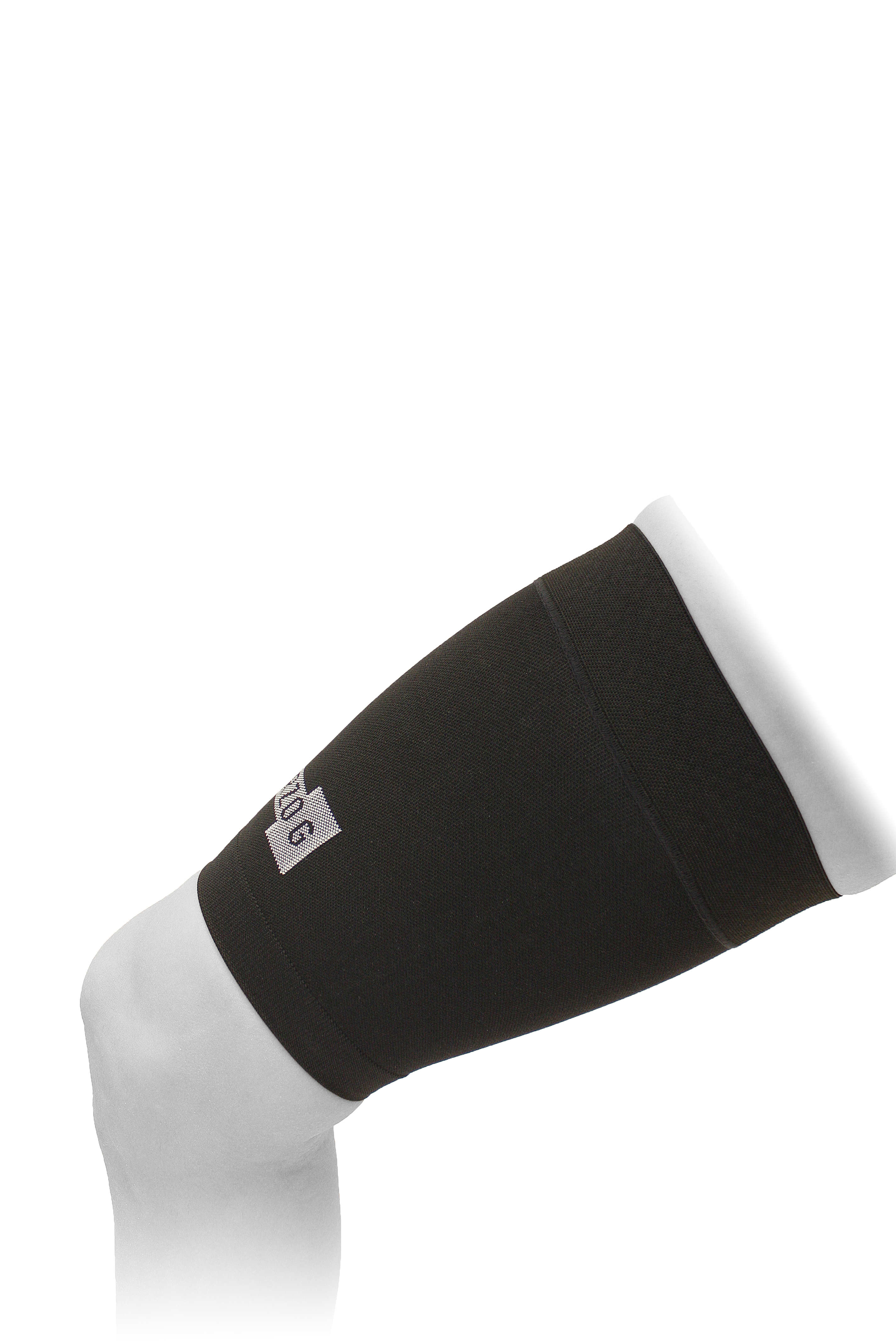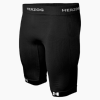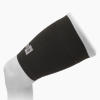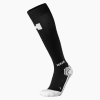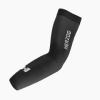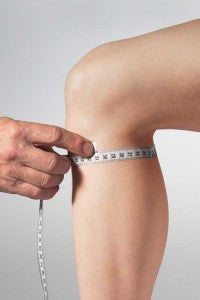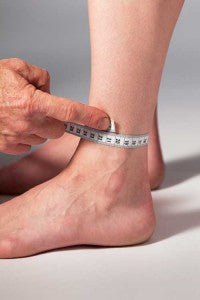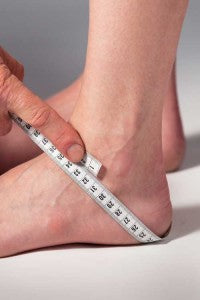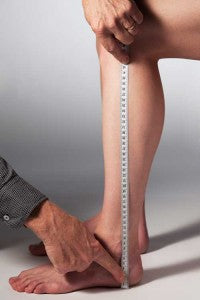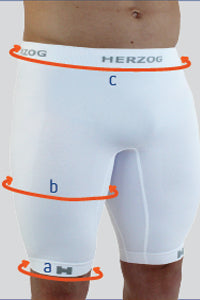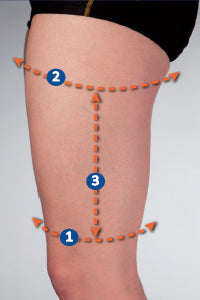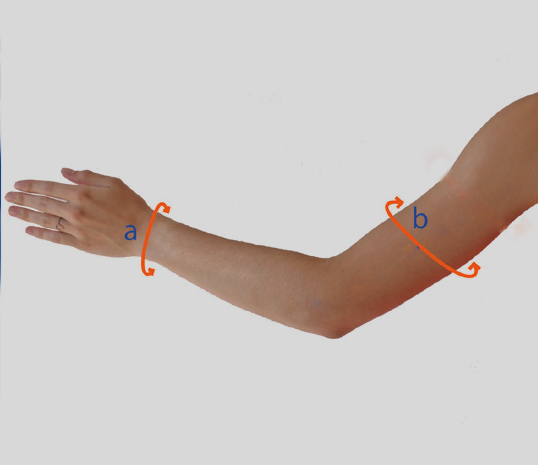The hamstring: strength and vulnerability
The hamstrings are a group of three muscles at the back of your thigh. They flex the knee and extend the hip, crucial for explosive movements like sprinting, braking, and turning. These types of movements are common in sports like soccer, hockey, and track and field.
1. A lack of specific tax
Many athletes train less intensively in the summer or opt for other forms of exercise. The result: at the start of the season, the hamstrings are insufficiently prepared for explosive exertion. You might be fit, but not "match-ready."
2. Too rapid training build-up
Coaches and teams want to be ready for competition quickly. This means short preparation time, high training intensity, and little time for recovery. Especially if sprint and strength training are incorporated too late or not enough, the hamstrings take a beating.
